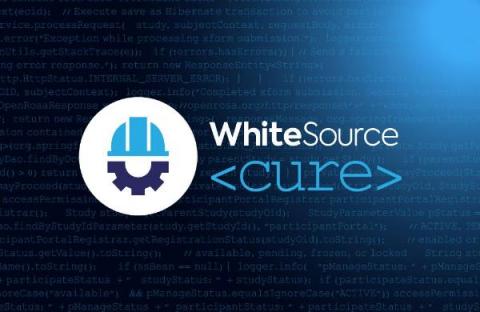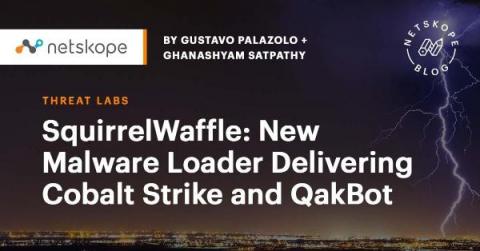Security | Threat Detection | Cyberattacks | DevSecOps | Compliance
Latest News
Cybersecurity Awareness Month Isn't Just for Techies: Tips for Everyone
This month marks the 18th year of Cybersecurity Awareness Month (CSAM) which focuses on helping provide individuals with resources they need to stay safer and more secure online. Now, more than ever, the overarching theme “Do Your Part. #BeCyberSmart” should resonate with everyone.
WhiteSource Cure: Automated Remediation for Developers
Keeping up with today’s rapidly evolving threat landscape is an ongoing battle for software development organizations, as many struggle to keep their assets and customers secure while keeping up with the competitive pace of software delivery.
How Cloud SOAR mitigates the cybersecurity skill gap problem in modern SOCs
SquirrelWaffle: New Malware Loader Delivering Cobalt Strike and QakBot
In September of 2021, a new malware family named SquirrelWaffle joined the threat landscape. It spread through infected Microsoft Office documents attached in spam emails. The infection flow starts with a ZIP file that contains the infected Office document. When the file is opened by the victim, the malicious VBA macros download SquirrelWaffle DLL, which eventually leads to deploying another threat, such as CobaltStrike or QakBot.
Corelight accelerates OMB logging adoption
In case you missed the Office of Management and Budget (OMB) (memo M-21-31), Improving the Federal Government’s Investigative and Remediation Capabilities Related to Cybersecurity Incidents, let me provide you the information that you need to know if you are in the federal government.
Ransom disclosure law would give firms 48 hours to disclose ransomware payments
Organisations who find their networks hit by a ransomware attack may soon have to disclose within 48 hours any payments to their extortionists. That’s the intention of the Ransom Disclosure Act, a new bill proposed by US Senator Elizabeth Warren and Representative Deborah Ross.
Do you use SolidWorks? Here's how you can protect your CAD files leveraging your existing investment in Microsoft
Focus on Data Governance This Cybersecurity Awareness Month
For 18 years, Cybersecurity Awareness Month has raised technology users’ awareness about the critical importance of cybersecurity and provided them with helpful resources to interact safely online. This year’s observance of Cybersecurity Awareness Month could not be more critical. It is estimated that more than 2,800 ransomware attacks take place each week—that adds up to more than 145,000 ransomware attacks per year.
Strong Relationships Matter More When MSPs Consolidate Vendors
A rising tide lifts all boats. This common phrase offers a perfect explanation of why strong supplier and partner relationships are essential to the success of your business. Partner programs come in all shapes and sizes, but not all provide the same value to you and your business. However, when you invest in developing key business collaborations, both your company and its suppliers can reap the rewards of your efforts.











